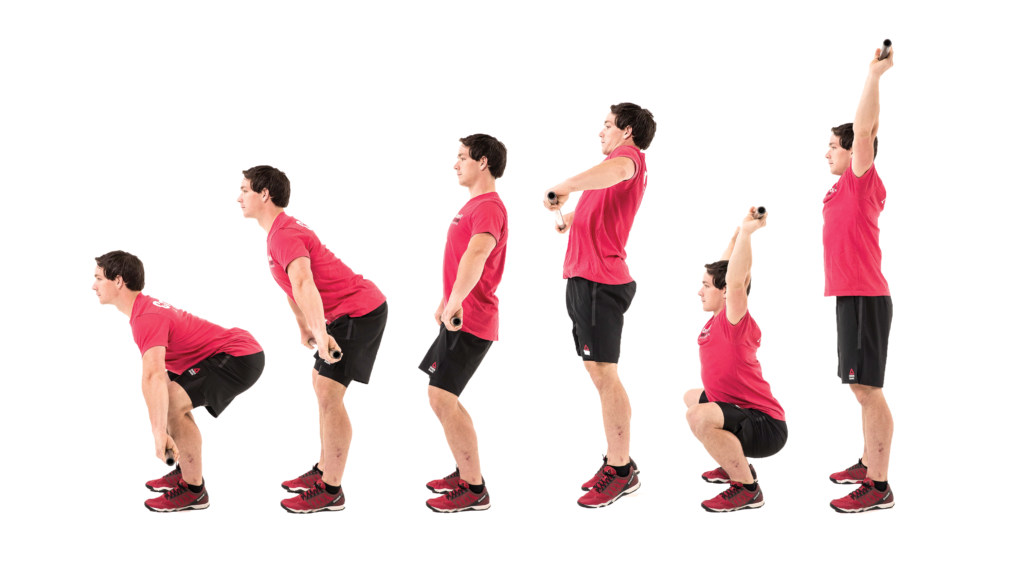Achieve Peak Performance Total Body Strength Exercises
Exploring Total Body Strength Exercises
Introduction
Total body strength exercises are a cornerstone of fitness, offering a comprehensive approach to building muscle, enhancing endurance, and improving overall health. In this article, we delve into the world of total body strength exercises, uncovering their benefits, key components, and how to incorporate them into your fitness routine.
Understanding Total Body Strength
Total body strength exercises are designed to target multiple muscle groups simultaneously, providing a full-body workout experience. Unlike isolated exercises that focus on specific muscles, total body strength exercises engage various muscle groups, resulting in functional strength gains and improved coordination.
Benefits of Total Body Strength Exercises
One of the primary advantages of total body strength exercises is their efficiency. By engaging multiple muscle groups in a single movement, you can maximize your workout time and achieve results more effectively. Additionally, total body exercises promote balance and stability, which are crucial for everyday activities and injury prevention.
Key Components of Total Body Strength Exercises
Total body strength exercises typically involve compound movements that engage major muscle groups, such as the chest, back, legs, and core. Examples include squats, deadlifts, lunges, push-ups, and rows. These exercises require coordination and proper form to ensure optimal results and reduce the risk of injury.
Incorporating Total Body Strength Exercises
When incorporating total body strength exercises into your workout routine, it’s essential to prioritize proper form and technique. Begin with lighter weights or bodyweight exercises to master the movements before gradually increasing the intensity. Aim for a balanced workout that targets all major muscle groups and includes a variety of exercises to keep your routine engaging and effective.
Total Body Strength Workouts
A well-rounded total body strength workout should include a combination of compound exercises, cardiovascular activities, and flexibility training. Begin with a dynamic warm-up to prepare your muscles for exercise, followed by a series of strength exercises targeting different muscle groups. Incorporate intervals of cardiovascular activity, such as running or cycling, to enhance endurance and burn calories. Finish with stretching exercises to improve flexibility and promote recovery.
Challenges and Progressions
As you become more proficient in total body strength exercises, you may encounter challenges that push you out of your comfort zone. Embrace these challenges as opportunities for growth and progression. Experiment with advanced variations of familiar exercises, increase the resistance or duration of your workouts, and set new goals to keep yourself motivated and engaged.
Total Body Strength for All Fitness Levels
Total body strength exercises can be modified to suit individuals of all fitness levels, from beginners to advanced athletes. Beginners may start with bodyweight exercises or lighter weights to build a foundation of strength and confidence. As you progress, gradually increase the intensity and complexity of your workouts to continue challenging your body and achieving new milestones.
Conclusion
In conclusion, total body strength exercises offer a holistic approach to fitness, combining strength training, cardiovascular conditioning, and flexibility into a single workout. By incorporating these exercises into your routine and focusing on proper




